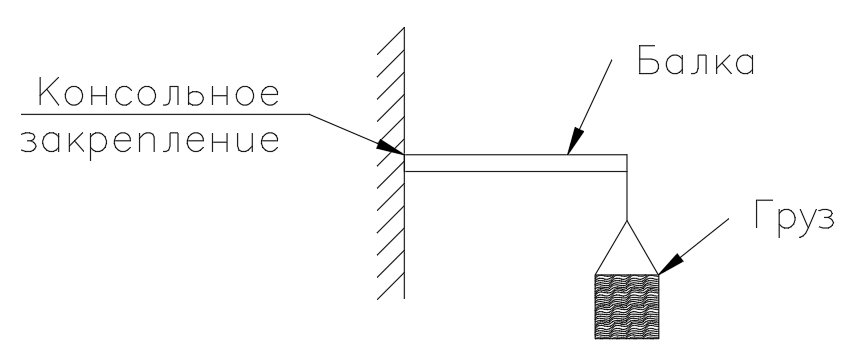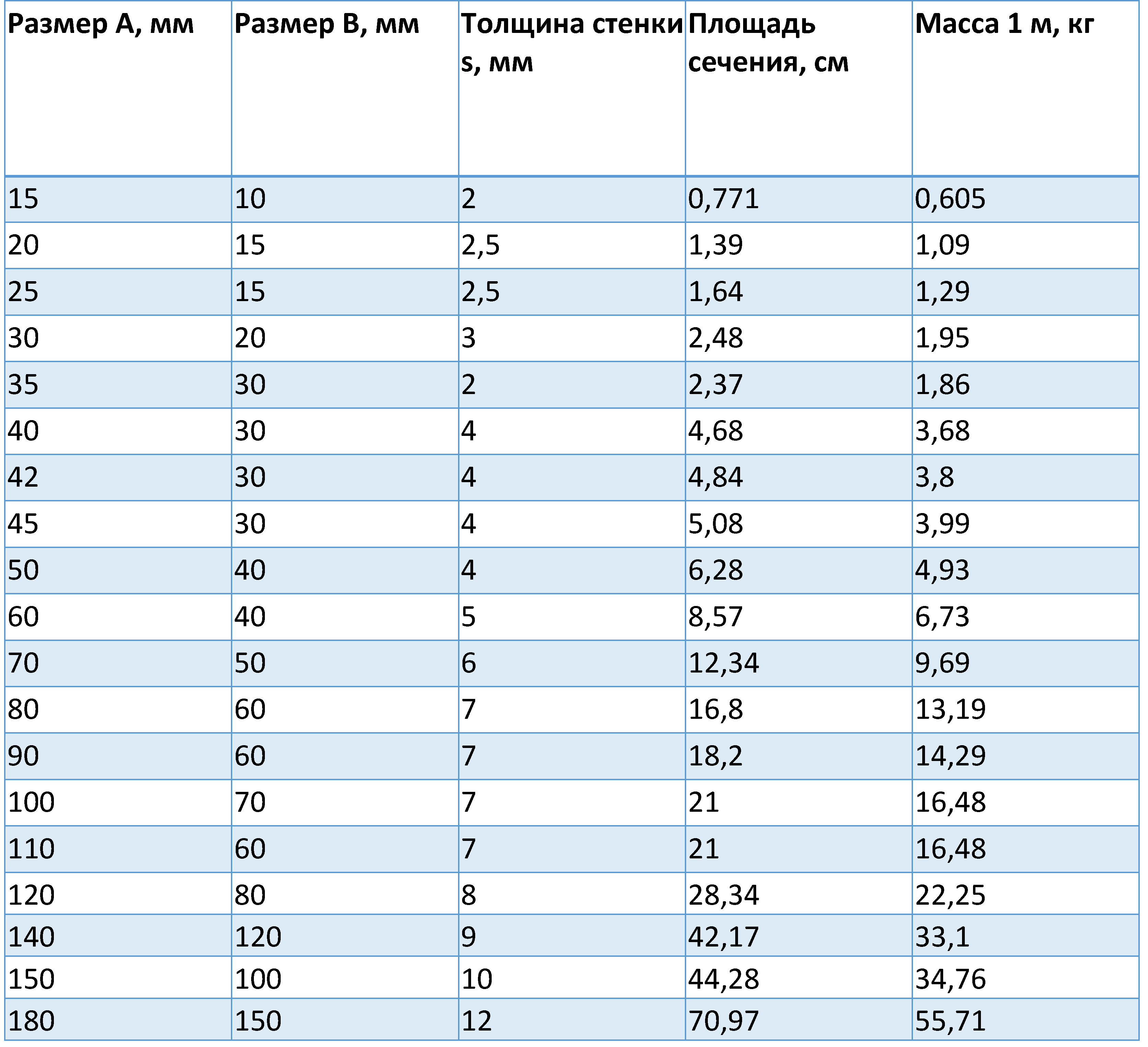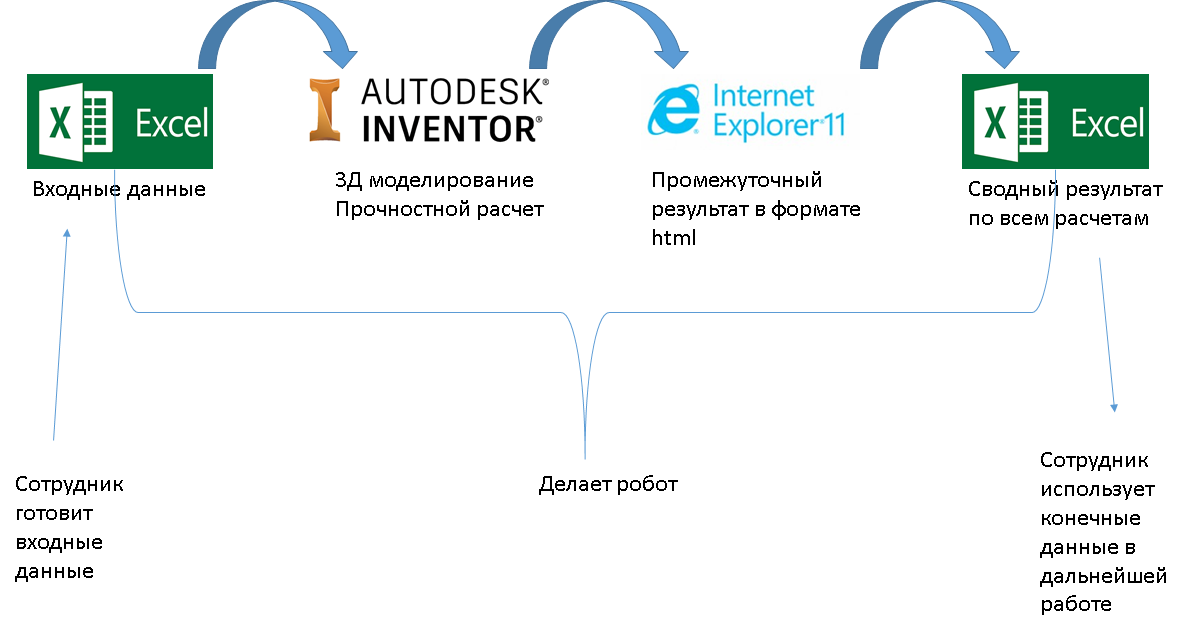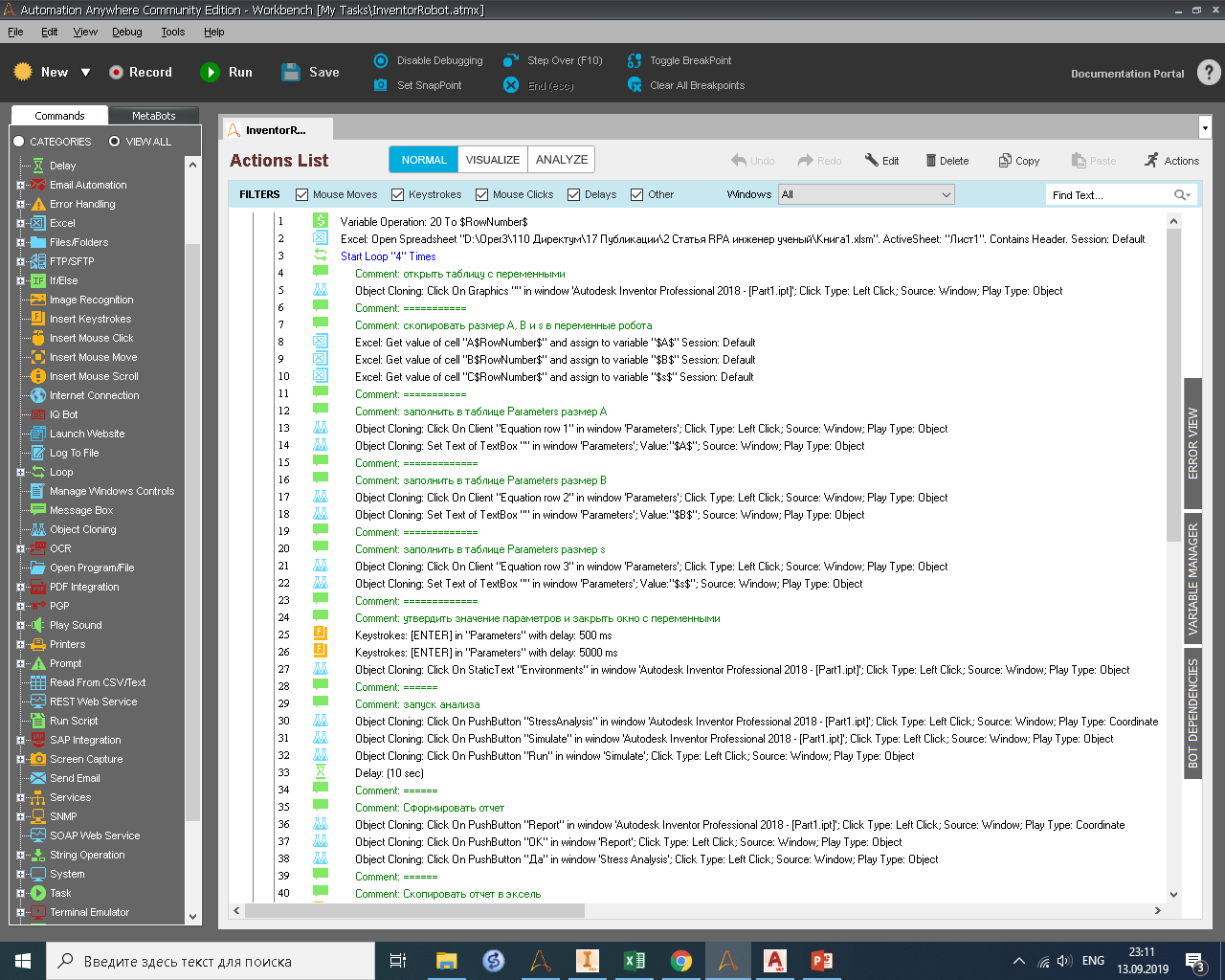Introduction
In school, to consolidate knowledge, we were asked to solve many similar examples. We were always annoyed: what's so valuable? Substitute two or three values in the formula and get an answer. Where is the flight of thought? Reality turned out to be harsher than school.
Now I work as an IT analyst. Prior to joining the IT field, I worked as a heat engineer, a CNC programmer, and participated in research projects.
From my own experience I was convinced that engineers and scientists spend 95% of their working time on such “similar actions”. Calculations of equations, checks, recording results, copying specifications. Project by project, experiment by experiment, day after day.
Here are a couple of examples from my past work.
Until 2019, I made mock-ups for thermal vacuum molding. If such a model is wrapped in heated plastic, we get a product that exactly repeats the geometry of this model. Description of technology
here .
In the production cycle of the layout, a whole set of highly specialized applications is needed:
- Autodesk Inventor for 3D modeling;
- Excel for uploading workpiece sizes;
- Excel to calculate the cost of the layout;
- HSM module for compiling the NC control program;
- Computer file system for managing program files;
- Mach3 environment for controlling the CNC machine.
It was necessary to transfer data from environment to environment manually, and these are whole tables and arrays of values. The process is slow, errors often occurred.
Prior to this, I participated in the design and manufacture of optical fibers (
link ). There was a lot of research, design and calculations: specialized environments for heat engineering and lighting engineering calculations (Ansys, Dialux), plus cost-effectiveness calculations, plus Autocad and Inventor for models and drawings. And here are the same difficulties: the calculation result from one application must be dragged to another application for the next calculation. And so several times in search of the optimal solution.
The time of an engineer and the time of a scientist is a very expensive time. This is not about salary. Behind the calculations of an engineer is a large project with a team. Behind the scientist's research is the prospect of an entire industry. But often a highly qualified specialist "stupidly" interrupts the values from one program to another instead of developing concepts, modeling, interpreting results, disputes and brainstorming with colleagues.
A feature of today's business environment is speed. The market is constantly pushing. In 2014, we took 2-3 weeks to make the layout. In 2018 - three days, and it already seemed too long. Now the designer must issue several solutions for the same time, which previously stood out only for one option.
And one more thing - investments and risks. In order to “hook” on a project, an enterprise must invest ~ 6% of the cost of this project in conceptual development before concluding a contract with a customer. These funds go away:
- for research;
- conceptual design;
- assessment of labor costs;
- preparation of sketches, etc.
The company takes them from their pockets, this is their own risk. Attention to the concept takes time of specialists, and they are busy with routine.
After getting acquainted with the tools of work in an IT company, I became interested in what practices from the automation of business processes could be useful to engineers. So, the business has long been using process robotics (RPA) to deal with routine.
RPA manufacturers claim the following benefits of this automation tool:
- universality (the robot is able to work with any application, with any data source);
- ease of development (no deep competencies in programming and administration are required);
- speed of development (a ready-made algorithm takes less time than with traditional programming);
- real unloading of an employee from routine operations.
Based on these criteria, we will check what is the effect of using RPA in engineering / scientific calculations.
Example Description
We will consider a simple example. There is a cantilever beam fixed with cargo.

Let us take a look at this problem from the perspective of an engineer and from the perspective of a scientist.
Case "engineer": there is a cantilever beam fixed at a length of 2 m. It should hold a load weighing 500 kg with a 3-fold safety margin. The beam is made of a rectangular pipe. It is necessary to choose the beam section according to the GOST catalog.
Case "scientist": find out how the mass of the load, the cross section and the length of the beam affects the bearing capacity of this beam. Derive a regression equation.
In both cases, gravity is taken into account, which acts on the beam in proportion to the mass of the beam.
We will study in detail exactly the first case - the “engineer". Case "scientist" is implemented in a similar way.
Technically, our example is very simple. And the subject specialist will be able to calculate it simply on a calculator. We have another goal: to show how the RPA solution will help when the task becomes large-scale.
In simplifications, we also note: the pipe section is an ideal rectangle, without rounding corners, without taking into account the weld.
Engineer's task
The general scheme of the case "engineer" is as follows:
- On the Excel sheet we have a table with a pipe assortment according to GOST.
- For each entry in this table, we must build a 3D model in Autodesk Inventor.
- Then, in the Inventor Stress Analyses environment, we perform a strength calculation and upload the calculation result in html.
- We find in the resulting file the value “Maximum Mises stress”.
- We stop the calculation if the safety factor (the ratio of the yield strength of the material to the maximum von Mises stress) is less than 3.
We believe that a beam of suitable section will provide a 3-fold safety margin and will be minimal in weight among other options.

In total, in our task, the specialist works with 3 applications (see the diagram above). In a real environment, the number of applications can be more.
GOST 8645-68 "Rectangular steel pipes" contains 300 entries. In our demonstration task, we will shorten the list: take one position from each size family. Total 19 records, from which you need to choose one.

The Inventor modeling environment, in which we will build the model and do the strength calculation, contains a library of finished materials. We accept the material of the beam from this library:
Material - Steel
Density 7.85 g / cu. cm;
Yield strength 207 MPa;
Tensile Strength 345 MPa;
Young's modulus 210 GPa;
Shear modulus 80.7692 GPa.
This is how a three-dimensional model of a loaded beam looks:

And here is the result of the strength calculation. The system tints vulnerable areas of the beam with red. In these places, the tension is greatest. The scale on the left shows the maximum stress value in the beam material.

Now we transfer part of the work to the robot
The scheme of work is changed as follows:

We will assemble the robot in the Automation Anywhere Community Edition (hereinafter AA). Let's go over the assessment criteria and describe the subjective impressions.
Versatility
RPA solutions (especially commercial ones) are persistently positioned as a means of automating business processes and automating the work of office employees. In examples and training courses they analyze interaction with ERP, ECM, Web. Everything is very "office".
At first, we had doubts about whether AA could grab the interface and data from our Autodesk Inventor. But everything really worked: each element, each control was determined and recorded. Even in service forms with parameter tables, the robot got access to the desired cell simply at the direction of the mouse.
Next was a test with the launch of the strength calculation studio. And also no problem. At this stage, I had to carefully work with pauses between actions when the system expects completion of the calculation.
Getting the summary data from the Web and pasting it into Excel went smoothly.
As part of this task, universality has been confirmed. Judging by the descriptions of other RPA vendors, versatility is truly a common property of this software category.
Easy to learn
The development took several evenings: courses, case studies - all this is there. Many RPA vendors have free training. The only barrier: the environment interface and AA courses are in English only.
Development speed
We developed and debugged the algorithm for the "engineer task" over the evening. The sequence of actions fit into just 44 instructions. Below is a fragment of the Automation Anywhere interface with a finished robot. The concept of Low code / No code - did not have to be programmed: they used operation recorders, or drug'n'drop from the command library. Then configure the settings in the properties window.

Routine unloading
The robot spends 1 min 20 sec on processing one record. About the same amount of time we spent processing one record without a robot.
If we are talking about dozens and hundreds of records, then the person will inevitably tire, will begin to be distracted. Specialists may suddenly take on some other task. With a person, a proportion of the form “If a task takes A minutes, then N such tasks can be completed in A * N minutes” does not work - it always takes more time.
In our example, the robot will iterate over the records sequentially, starting with the largest sections. On large arrays, this is not a quick method. For acceleration it is possible to implement successive approximations, for example, the Newton method or half division.
Calculation Result:
Table 1. The result of the selection of the beam section

Scientist's task
The scientist’s task is to conduct several numerical experiments to determine the law by which the bearing capacity of a beam changes depending on its cross-section, length and mass of the load. The found law is formulated in the form of a regression equation.
In order for the regression equation to be accurate, a scientist must process a large array of data.
For our example, an array of input variables is allocated:
- pipe profile height;
- width;
- wall thickness;
- beam length;
- mass of cargo.
If we must make a calculation for at least 3 values of each variable, then in total this is 243 repetitions. With a two-minute duration of one iteration, the total time is already 8 hours - a whole working day! For a more complete study, we should take not 3 values, but 10 or more.
The study will definitely reveal that additional factors need to be included in the model. For example, “drive” various grades of steel. The volume of calculations increases tens and hundreds of times.
On a real task, the robot will be able to free the scientist a few days, which the specialist uses to prepare the publication, and this is the main indicator of the scientist's activity.
Summary
The “product” of an engineer is a really working device, design. Robotization of calculations will reduce risks due to a deeper study of the project (more calculations, more modes, more options).
The “product” of a scientist is an equation, regularity, or other compact description. And the more accurate it is, the more data is involved in the analysis. An RPA solution will help shape informational “food” for models.
Summarize our example.
Any model can be in the role of the calculation model: bridge model, engine model, heating system model. It is required from a specialist that all components of the model are in the right interaction with each other and that the model provides a “outward” set of key variable parameters.
The role of the computing environment is played by any application that the specialist uses in the work. Ansys, Autocad, Solidworks, FlowVision, Dialux, PowerMill, Archicad. Or something of your own design, for example, a program for selecting fans at the manufacturing plant (see Systemair equipment selection programs).
As a data source, we consider a website, a database, an Excel worksheet, and a txt file.
The end result of the work - a report - is a Word document with automatically generated text, an Excel chart, a set of screenshots or sending emails.
RPA is applicable wherever engineering analysis is applicable. Here are some areas:
- strength calculations and deformation;
- hydro and gas dynamics;
- heat exchange;
- electromagnetism;
- interdisciplinary analysis;
- generative design;
- NC control programs (for example, nesting);
- medical and biological research;
- in calculations of systems with feedback or non-stationary systems (when the final result must be transferred to the source data and repeat the calculation).
Today, RPA solutions are actively used in business to automate processes and work with data. The routine of an office employee, engineer, and scientist has much in common. We have shown that robots are suitable in engineering and scientific activities.
To sum up our impressions.
- Versatility - yes, RPA is a universal tool.
- Easy to learn - yes, simple and affordable, but you need a language.
- Speed of development - yes, the algorithm is going to be fast, especially when you get your hands on working with recorders.
- Unloading from routine - yes, it really can be useful in large-scale tasks.